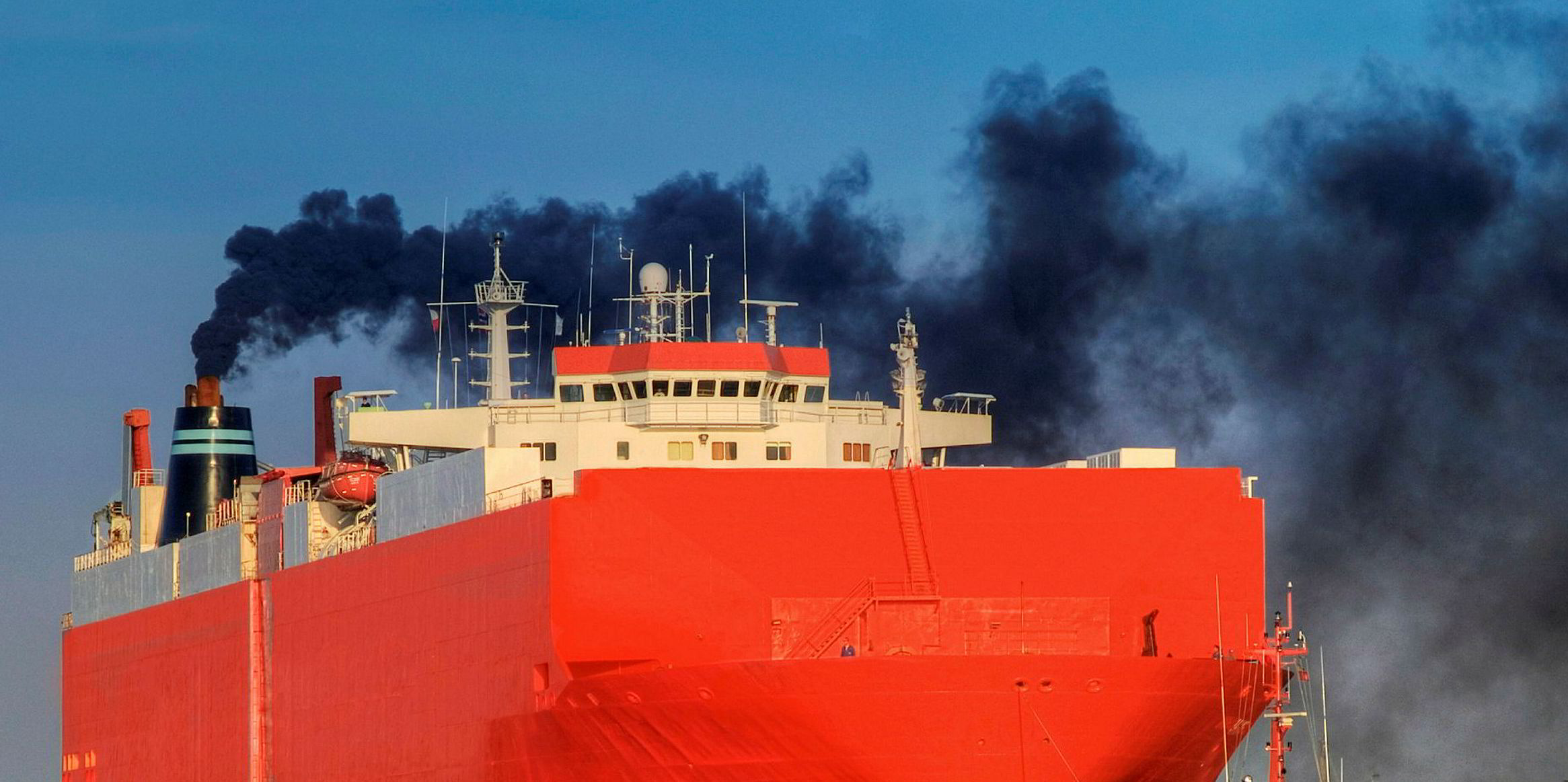The International Energy Agency (IEA) has called on member nations of IMO to expedite their efforts in cutting greenhouse gas emissions or risk missing the emission targets.
According to the Paris-based energy watchdog of OECD, the IMO should tighten rules on newbuilding and existing ships, promote low-carbon fuels and usher in a carbon pricing mechanism by 2023 as part of its efforts in fighting climate change.
“Because of the large price gap between conventional and clean energy technologies, ambitious and timely measures enabling strong efficiency improvements and rapid fuel switching to low-carbon fuels are vital,” the IEA said in a recent study.
The IMO has aimed to reduce carbon intensity of international shipping by 40% before 2030 and halve total GHG emissions by 50% before 2050, using the 2018 emission levels as a baseline.
In terms of regulations directly addressing the emission issues, the IMO currently only has the Energy Efficiency Design Index (EEDI) dealing with newbuilding vessels and the Ship Energy Efficiency Management Plan for existing fleets, though. Several other measures remain at the discussion stage.
The IEA study showed total CO2 emission from international shipping would need to fall to 324 million tonnes in 2050 from 693 million tonnes in 2018 for the IMO to reach its goal.
However, even with all policy measures currently in place and proposed, CO2 emissions are projected to be 50% higher in 2040 than they were in 2008, according to the IEA. “This gap reveals the urgent need for policy action.”
Based on the IEA estimates, average fleet energy efficiency will improve by only 1% annually between 2015 and 2025, while carbon intensity will decrease by 35% during 2010-2030.
“[These are] falling well short of the IMO targets,” the IEA said.
To reach the emission goals, the IMO should require newbuilding ships to be at least 60% more efficient than the EEDI baseline by 2030 in general, according to the IEA. Containerships, which have less efficiency improvement potential, can have a target of 50%.
The IEA has also urged the IMO to implement an operational efficiency standard to ensure that ships still in use in 2030 are nearly 20% more efficient than the EEDI baseline, with a 15% target for boxships.
In addition, the IEA said the IMO should implement a mechanism to promote the use of low-carbon fuels, with an aim of reduce the average well-to-wheel carbon intensity of marine fuels by close to 10% from the 2015 level by 2030, and by nearly 50% by 2050.
The IMO should also develop and adopt a CO2 pricing scheme for bunker fuels, according to the IEA.





